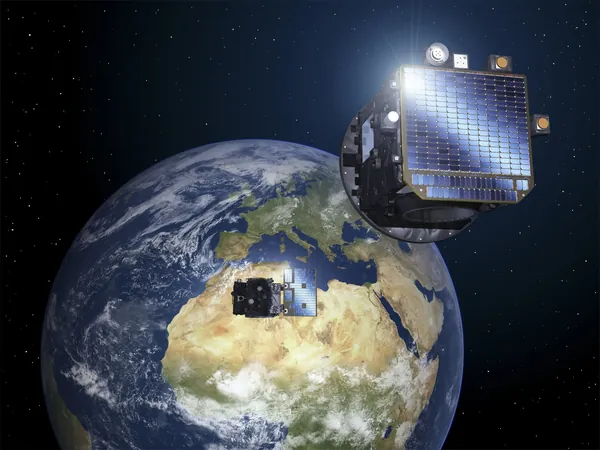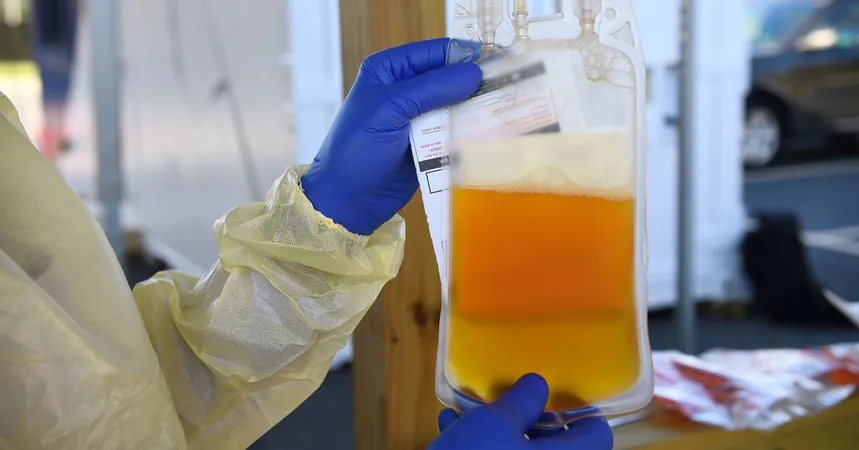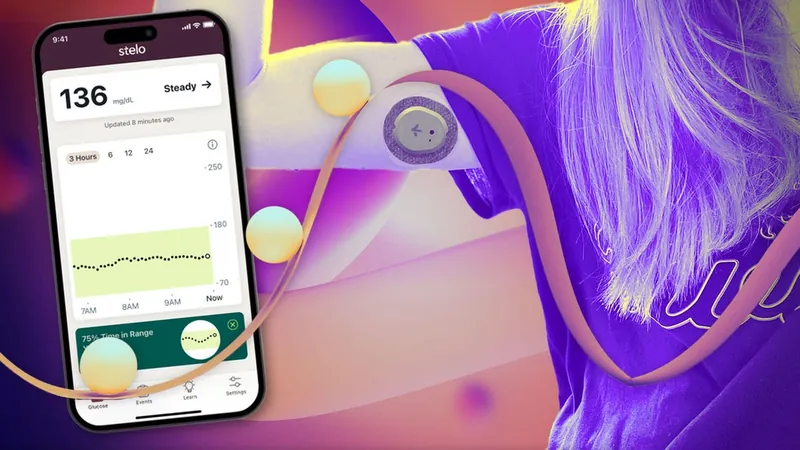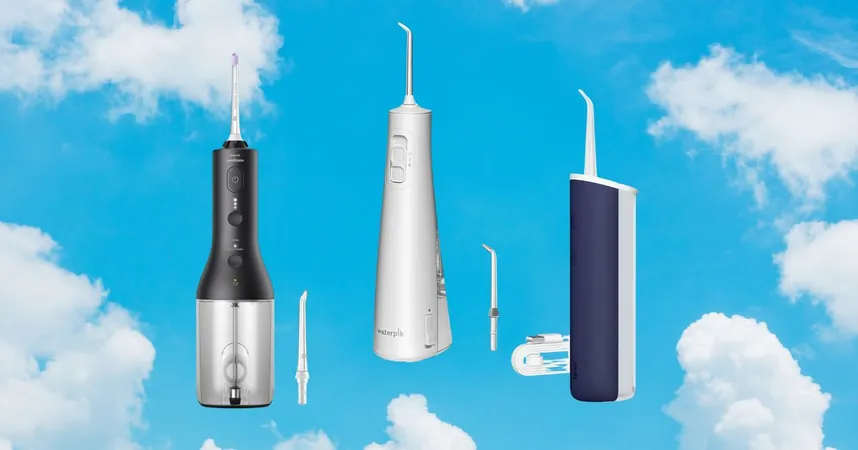
Proba-3 Double Satellites Ready for Launch After Successful Final Tests
2024-10-04
In an exciting development for space science, the European Space Agency's (ESA) innovative Proba-3 mission is set to take a monumental leap forward. Following the successful completion of its final testing phase, the two advanced satellites designed for this mission are scheduled for transportation to their launching site in India later this month.
Mission Objectives
The Proba-3 mission stands at the forefront of space exploration with a unique goal: the meticulous formation flying of two satellites. This daring objective is to create a shadow—accurately positioned and held—on one satellite, enabling it to block out sunlight and observe the Sun's corona, the elusive outer atmosphere of our star, for extended periods. This feat, often deemed impossible, embodies the aspirations of modern space missions.
Final Testing Phase
The final test, described as a crucial step before the launch, involved the Royal Observatory of Belgium. Scientists there communicated commands to the ESA's control center at the European Space Security and Education Centre (ESEC) in Redu. The control center processed these commands, which were then sent to the Proba-3 spacecraft at Redwire Space in Kruibeke, allowing for fully automated management of scientific observations.
Launch Details
On October 21, the satellites will be shipped to India’s Satish Dhawan Space Centre in preparation for a launch via PSLV-XL (Polar Satellite Launch Vehicle) scheduled for November 29. The mission follows an impressive 12-hour test that simulated Proba-3's elliptical 19.5-hour orbit, with the critical formation flying phase occurring at the apogee—approximately 60,000 kilometers above Earth.
Autonomous Capabilities
In its autonomous flying setup, Proba-3 will also be capable of adapting to unpredictable solar events by adjusting commands in real-time during the mission. Proba-3 system engineer Raphael Rougeot emphasized the complexity and ambition behind the System Validation Tests (SVTs), stating, “These tests replicate full operations to ensure smooth data transfer between the ground and the satellites.”
Testing Realism
Esther Bastida Pertegaz, another lead engineer on the project, highlighted the heightened realism during testing, noting the actual operations conducted from the control center added a sense of authenticity to the mission preparations.
Instruments and Ground Contact
The mission instruments will deploy the ASPIICS coronagraph, which, despite having its protective door closed for testing, successfully transmitted internal images back to the Royal Observatory team. Post-launch, Proba-3 will maintain ground contact through international stations located in strategic geographic locations: Santiago, Chile; Yatharagga, Australia; Maspalomas, Gran Canaria; and Villafranca, Spain.
Significance of Proba-3
As the latest addition to ESA's family of experimental mini satellites—dating back to 2001—Proba-3 represents a significant leap forward in our understanding of solar phenomena and the capabilities of small satellite technology.
Stay tuned as this groundbreaking mission unfolds and revolutionizes our approach to observing the Sun! Will Proba-3 reveal secrets about the solar atmosphere that have eluded scientists for decades? Make sure you're following this remarkable journey!





 Brasil (PT)
Brasil (PT)
 Canada (EN)
Canada (EN)
 Chile (ES)
Chile (ES)
 España (ES)
España (ES)
 France (FR)
France (FR)
 Hong Kong (EN)
Hong Kong (EN)
 Italia (IT)
Italia (IT)
 日本 (JA)
日本 (JA)
 Magyarország (HU)
Magyarország (HU)
 Norge (NO)
Norge (NO)
 Polska (PL)
Polska (PL)
 Schweiz (DE)
Schweiz (DE)
 Singapore (EN)
Singapore (EN)
 Sverige (SV)
Sverige (SV)
 Suomi (FI)
Suomi (FI)
 Türkiye (TR)
Türkiye (TR)